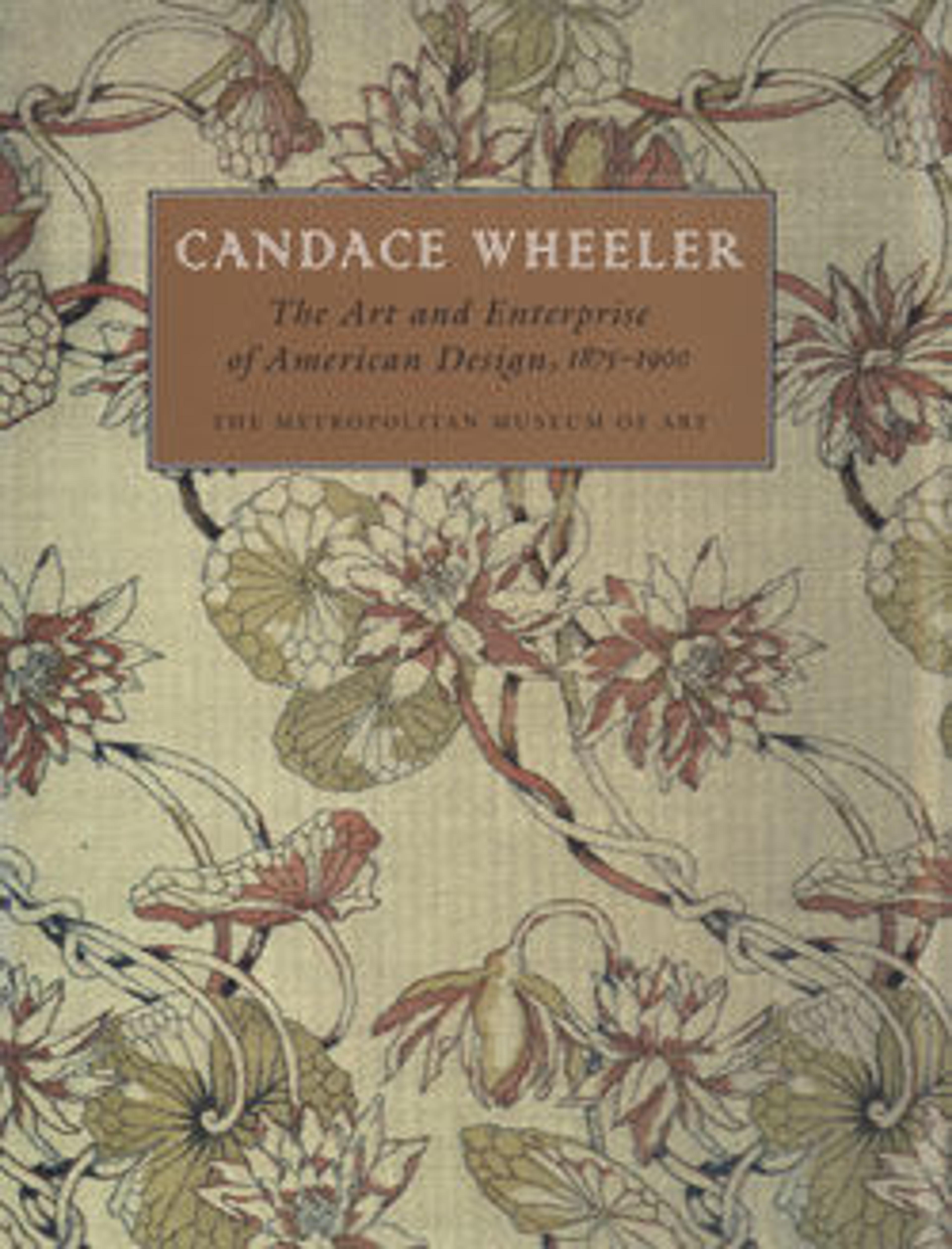Water-lily curtain
If a pattern proved successful, Associated Artists tended to adapt it for use on more than one type of textile. Just as the firm printed the same design on both velvets and plain cottons, achieving very different effects, it employed this water-lily design both as a printed pattern on "shadow silks" and for a traditionally woven silk brocade, as seen in this curtain. Associated Artists most likely supplied its designs to the mill in watercolor on paper; undoubtedly, in-house staff members at Cheney Brothers, a silk weaving firm in Hartford (1838-1955), translated the designs onto the cards that directed the jacquard power looms. While Wheeler and her associates had an idea of the effects they wanted to achieve with each pattern, the technicians at the mills made those visions possible.
Artwork Details
- Title: Water-lily curtain
- Designer: Associated Artists (1883–1907)
- Manufacturer: Manufactured by Cheney Brothers (American, 1838–1955)
- Date: 1883–1900
- Geography: Made in Connecticut, United States
- Culture: American
- Medium: Silk, woven
- Dimensions: 79 x 49 in. (200.7 x 124.5 cm)
- Credit Line: Museum Accession
- Object Number: X.447a
- Curatorial Department: The American Wing
More Artwork
Research Resources
The Met provides unparalleled resources for research and welcomes an international community of students and scholars. The Met's Open Access API is where creators and researchers can connect to the The Met collection. Open Access data and public domain images are available for unrestricted commercial and noncommercial use without permission or fee.
To request images under copyright and other restrictions, please use this Image Request form.
Feedback
We continue to research and examine historical and cultural context for objects in The Met collection. If you have comments or questions about this object record, please complete and submit this form. The Museum looks forward to receiving your comments.
